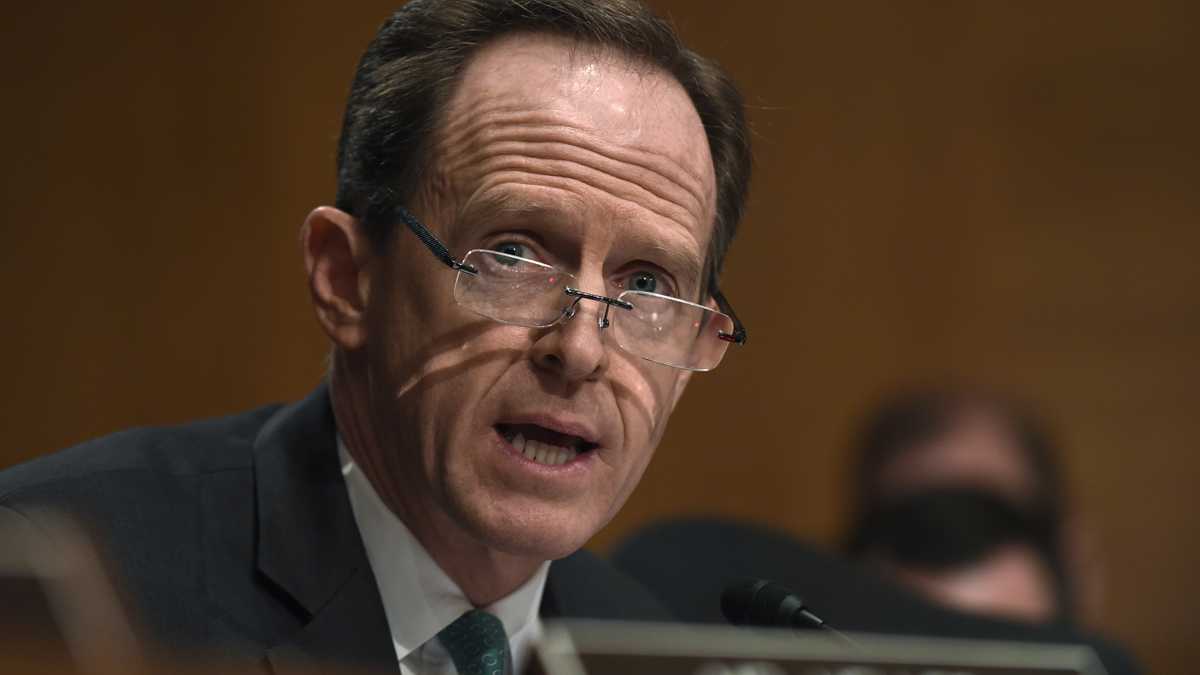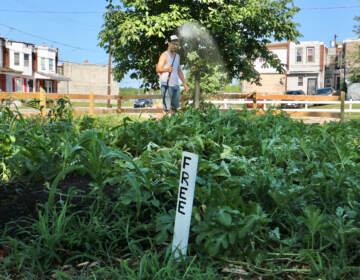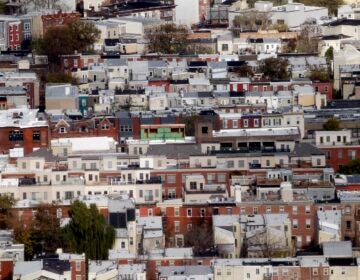May 20: Philly population growth beating estimates | State boards shoots down solar curbs | Toomey goes after CDBG funding

The latest Census population estimates for 2015 were released yesterday, showing Philly’s population grew by 5,880 people, from 1,561,562 in 2014 to 1,567,442 in 2015. The Philadelphia 2035 plan [PDF] projected it would take until about 2020 to reach this point, and the population growth rate is nearly double what the plan estimated. Whether that growth rate will hold is anyone’s guess, but if it does, some of the other assumptions in the plan are due for revisions, particularly around housing growth and land use.
Senator Pat Toomey wants to strip “sanctuary cities” of their federal community development block grant funding, Laura Olson reports. Philadelphia is a sanctuary city—cities that choose not to share information with US Immigration and Customs Enforcement. Toomey has sought to develop this as a point of contrast between himself and Democratic challenger Katie McGinty in the US Senate election, and is raising the stakes by taking the fight to the Senate floor. Involving community development block grants is a classic wedge issue strategy, likely intended to split the Democratic coalition’s immigrant rights and community development constituencies.
Big news for renewable energy: Pennsylvania’s Independent Regulatory Review Commission unanimously rejected a recent Public Utility Commission rule that would cap the amount of renewable energy residences can sell back to utilities—a process called “net metering.” David Conti reports the PUC will either need to revise the rule or appeal to the state legislature to override the IRRC. One interesting wrinkle is that the previous decision passed the PUC with a 3-2 vote, and one of the rule’s supporters has since left the Commission.
A developer reusing an old building for student housing in West Philly? Naked Philly can barely believe it. “The most notable aspect of this project is that, for a change, developers are renovating an apartment complex to turn it into student housing rather than razing an existing building in the interest of getting better layouts and more units.”
Philadelphia’s World Heritage City status unfortunately doesn’t come with any new funding for preserving that architectural heritage, says Edward Gunts at The Architect’s Newspaper. “Despite its recent designation as a World Heritage City, Philadelphia has had a decidedly uneven record and reputation for historic preservation. Architects whocome to the AIA convention will find Center City relatively intact. But other areas of the city are losing historically and architecturally significant buildings at a steady rate, largely due to development pressures and lack of landmark protection.”
Transit agencies should use “excess wait time”—the amount of time between scheduled arrivals and actual arrivals—to measure their performance, says TransitCenter, arguing that this captures the inconvenience of late transit better than some of the commonly-used metrics.
WHYY is your source for fact-based, in-depth journalism and information. As a nonprofit organization, we rely on financial support from readers like you. Please give today.






